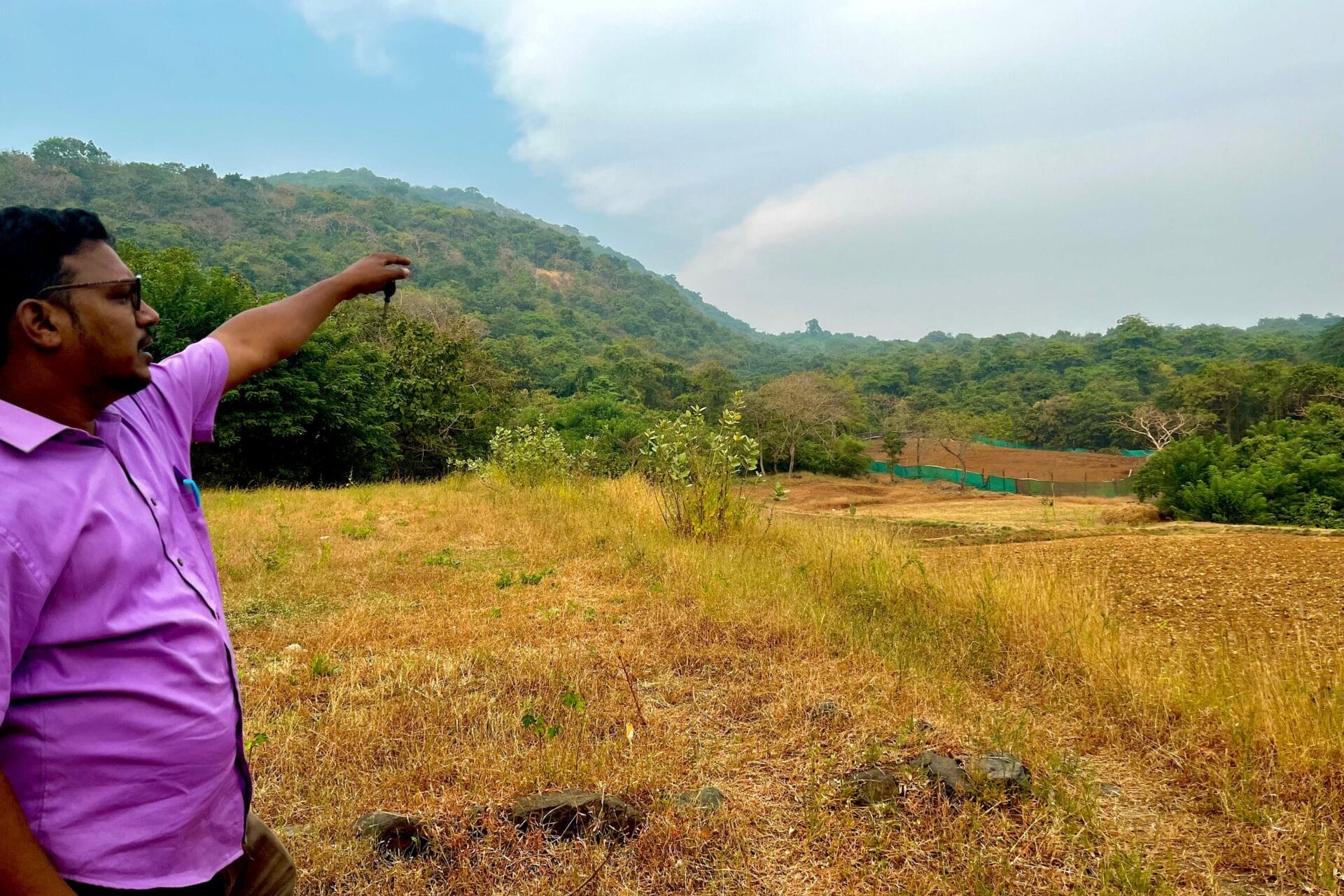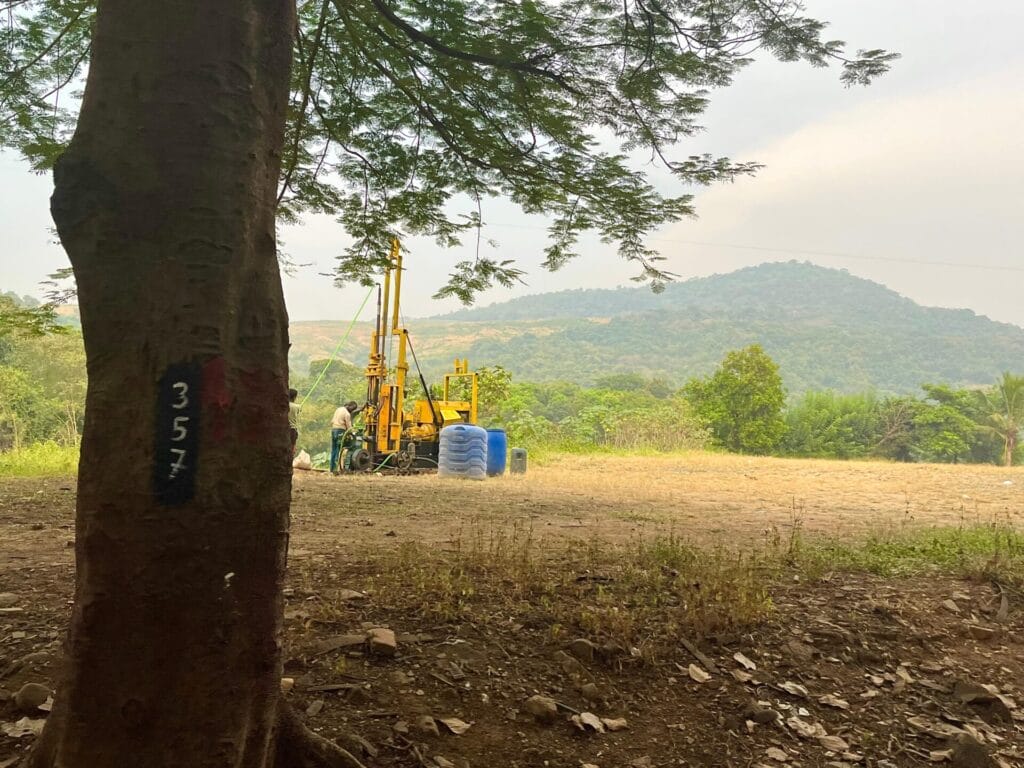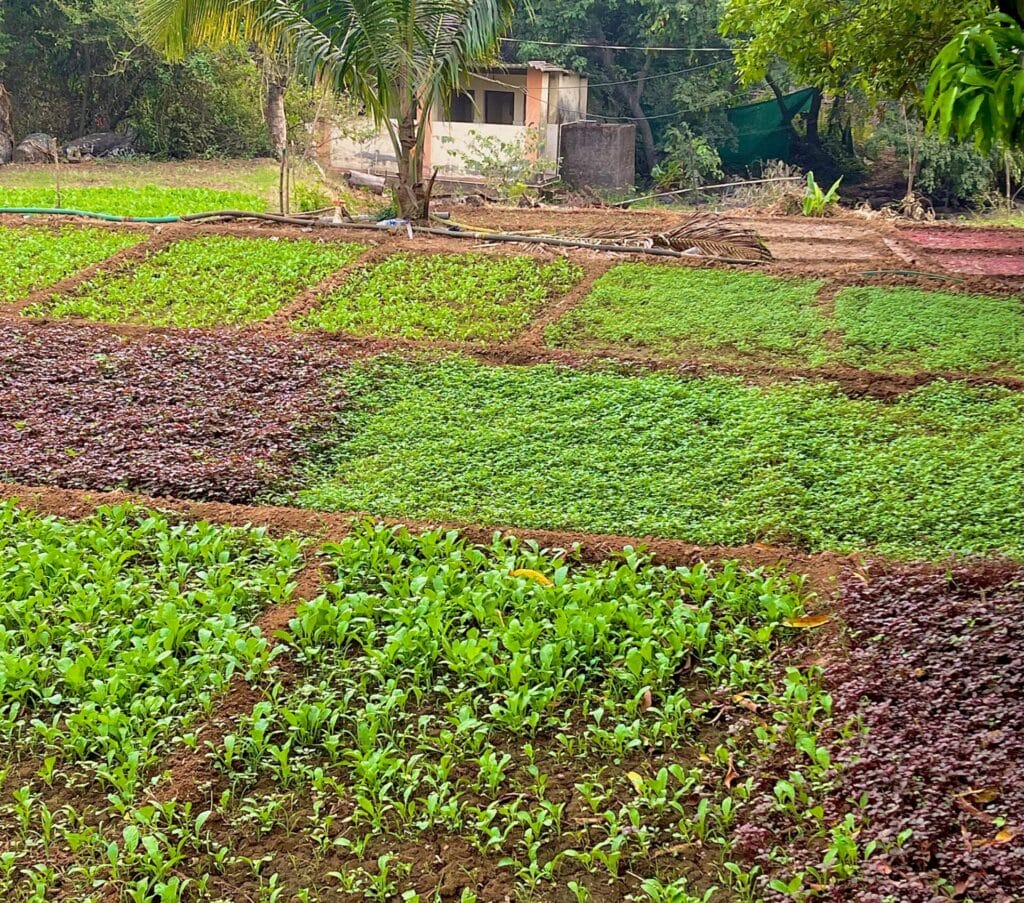“The authorities told us to let them begin the construction work, and if we resist, they will do it by force,” says Dinesh Habale, a social worker and a tribal resident of Habal Pada, a village of over 65 families, near Film City in Aarey.
The recent news of the approval for tunnel construction, with a final bid of Rs 6,301 crore for the Goregaon Mulund Link Road (GMLR) project, has left the tribal villagers of Habal Pada deeply uneasy. They dread the prospect of their ancestral homes being sacrificed for the construction of the upcoming tunnel project.
As different villages located on the forest land of Aarey protest against diverse urban projects encroaching on their homes, Habal Pada has also joined the cause to protect their village against the GMLR project.
The GMLR project
After eight months of inviting bids and tendering, the Brihanmumbai Municipal Corporation (BMC) finalised a winning bid of Rs 6,301 crore in July this year for the ambitious Goregaon Mulund Link Road project. This project aims to connect the western and eastern suburbs of Mumbai through the construction of twin tunnels spanning 12.20 kilometers.
Under this project, twin underground tunnels with three lanes on each side, are proposed to be constructed from Chitranagari (Film City) in Goregaon in the western suburbs to Khindipada in Mulund in the eastern suburbs.

“Considering the increasing population and traffic in both the suburbs, the BMC took up the project of constructing the fourth expressway between Goregaon and Mulund. This road will not only make it possible to cover the distance from Goregaon to Mulund in a very short time but will also save a lot of fuel,” said civic chief Iqbal Singh Chahal in a statement issued by BMC last month.
According to the additional municipal commissioner (projects) P Velrasu, the tunnel will go completely underground and is eco-friendly because there will be no disturbance to the wildlife, water bodies, and trees of the SGNP or its surrounding protected land including Aarey.
“The entire tunnel will be excavated using the Tunnel Boring Machine (TBM). All necessary clearances from the environment and forest department have been obtained for this project,” he said.
Read more : Aarey tree felling: A reluctant green signal allows MMRCL to axe more trees
What’s the fight about?
Dinesh and the other Habal pada villagers are worried that the construction of the road leading to the underground tunnel might cut through their village, possibly displacing their ancestral homes.

BMC authorities have initiated preliminary planning, by marking trees for removal, particularly in proximity to their village. “They intend to conduct a survey in the area before commencing construction. However, we’re protesting this survey because a prior one took place without our knowledge, and when we inquired, we were directly told that the construction will start after Diwali,” said Dinesh.
“While they now say they’ll carry out the survey and include us in planning and discussions, our trust has been shaken. We fear being left out of the decision-making process. That’s why we’ve submitted an RTI request to get the project map, which will show us where the road will go and how it will affect our village,” added Dinesh.

Sonu Sadhu Habale, an elderly tribal woman has been living here for ages with a family of seven members. She is worried that the road construction may not only affect their houses but also the farmlands where they have been cultivating rice and vegetables for generations.
“This is a place we have called home for generations, they cannot keep us in the dark and wipe us out overnight,” she said.
Legalities and eviction
The Forest Rights Act (FRA), 2006 recognises the rights of the forest-dwelling tribal communities and enables the tribal population to have a decisive say in the determination of local policies and schemes impacting them.
The Act also empowers the forest dwellers to use the forest resources and protects them from unlawful evictions. However, Habal Pada has been getting eviction notices since 2018.
Sonu says, if all else fails and the tribals are forced to vacate their homes and farms, they could be categorised as slum dwellers and relocated to an SRA building far from their land.

“Tribals have a close connection with nature and their ecosystem, they cannot be simply relocated to an SRA building,” says Amrita Bhattacharjee, an environmental activist, who is part of the Aarey Conservation Group (ACG), and has been helping the tribals with the eviction notices.
“An RTI request has been made for the project map, which will make it easier to understand the extent of damage the village could face,” she explained.
While recalling an earlier incident, Dinesh said, one elderly tribal woman from another pada was relocated to a 14th-floor SRA building. Struggling with using the elevator and finding stairs difficult, she was mostly confined to her house with no body exercise, leading to sickness and health issues like diabetes. But if she could have remained active on her farm in the Pada, her story would’ve been different today.
Different projects, similar struggles
A population of almost 10,000 settlers live in the area of Aarey forest with 27 padas or tribal settlements. Most of them existed before Aarey Milk Colony was created and have lived in harmony with their surrounding nature.
While the Warlis of Ketlipada have been fighting for years to ensure that they aren’t relocated to make way for the Force One (an anti-terrorism squad) training camp project, the Kokana tribe from Prajapur pada have been battling against the Metro car shed.
The clash between the conservation of nature and the demands of urban development looms large over the lives of Mumbai’s tribals.
Joining these padas, now the Habal pada is fighting the GMLR tunnel.
“The BMC says that the new road with benefit the common public in terms of transportation but what about us? Is it fair to benefit the public by bulldozing over our homes?” asks Dinesh.